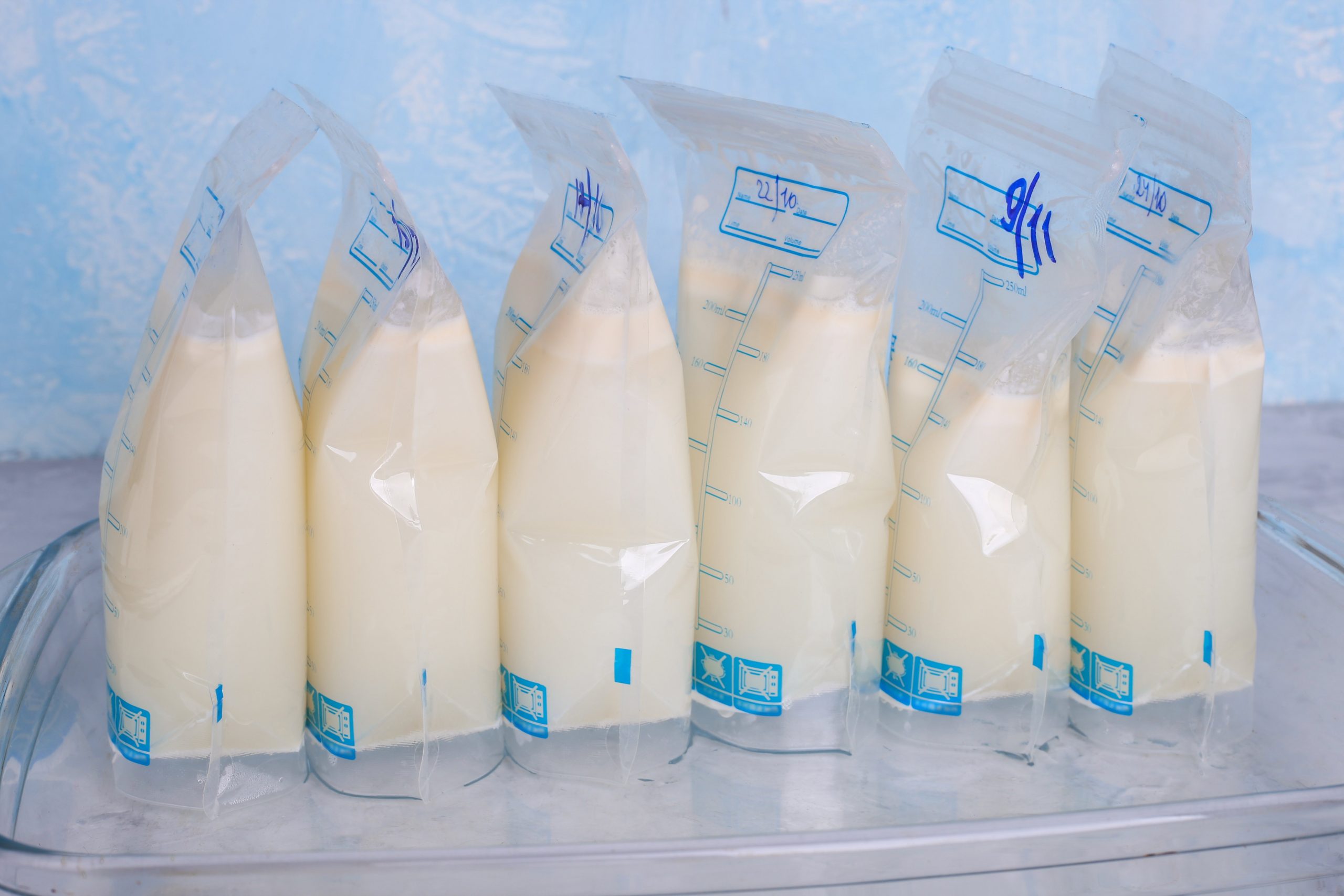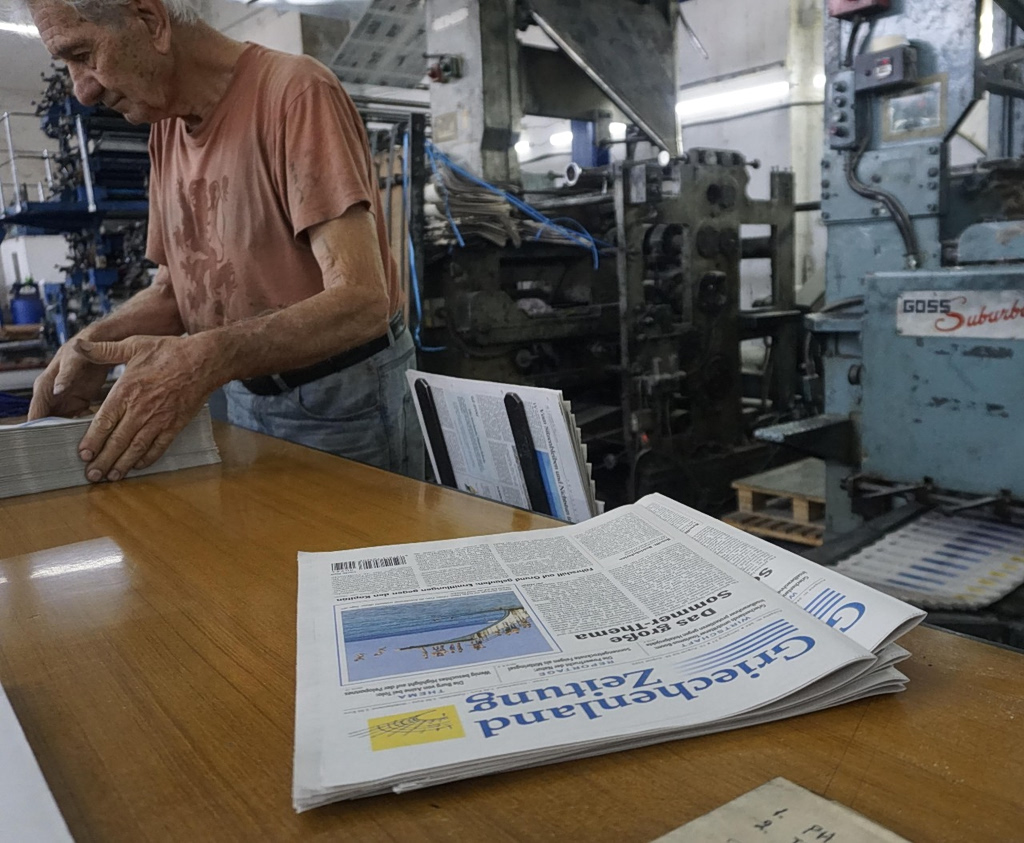The natural power of breastfeeding reminds us that it is one of the greatest miracles of them all. However, not all mothers—and, therefore, not all babies—can take breast milk for granted. And since the era of wet-nurses and nannies has gone for good, many women are turning to the black market to meet their need for this precious commodity. Desperate to obtain a substance so crucial for the development of their children, they have taken to answering confidential ads, rather than going through the proper legal channels: the breast milk banks which operate in hospitals across the country. And while selling mother’s milk in this way is clearly both illegal and dangerous, it has remained under the radar of the competent authorities.
The ignorance of the competent bodies
All it takes is a simple search on those websites where one can find used cars and… household appliances for advertisements to pop up offering “breast milk for sale.” “Perfectly preserved breast milk available in Pefki,” writes one such ad, which also specifies a price: 30ml for 3 euros. Actually, it would appear there’s a price ceiling is in place of one euro per 10 ml: “Breast milk for sale in Chalkida at a price of 15 euros for 160 ml.” At the same time, there are groups with thousands of members on social media in which excess breast milk is offered for free. Although profit doesn’t enter the equation here, safety remains an issue.
When TO VIMA contacted the Hellenic Food Authority (EFET) and National Organization for Medicines (EOF)—agencies responsible for the safety of foods for particular nutritional uses—it quickly became clear that the latter are ignorant both of the regulations governing the provision of breast milk and the illegal trade in such milk in Greece. For their part, sources at the Ministry of Health declare that the ministry’s competence extends only to the three breast milk banks that currently operate on an official basis in hospitals in Athens and Thessaloniki.
Cow’s milk and bacteria
The illegal trade in breast milk seems to be a particularly lucrative field internationally with websites that operate in a legal gray zone advertising their… goods as “organic”, “vegan” and even “gluten-free” -which raises questions that extend to the authenticity of the ‘product’- while offering international shipping. Indeed, the hypothesis that the milk being peddled online as breast milk may not even be 100% human appears to be confirmed by laboratory tests. The findings of a 2015 study conducted by the Nationwide Children’s Hospital in Ohio are typical, with one in ten samples tested found to be adulterated with a significant proportion of cow’s milk. In addition, a similar qualitative study from 2013 found that 74% of the milk on offer on the Internet contained harmful bacteria as a consequence of inappropriate collection, storage and handling.
At the same time, potential buyers extend beyond new parents to adults who simply want to try the product with a view to potentially incorporating it into their diet, and bodybuilders who claim that breast milk helps them grow their muscle mass.
EU rules
Speaking to TO VIMA, Professor George Daskalakis, who teaches Obstetrics and Gynecology at the University of Athens and heads the 1st Obstetrics and Gynecology Clinic at the city’s Alexandra Hospital, noted that ads placed by individuals selling breast milk have appeared in Greece, too, in recent years, while stressing that the practice is both illegal and unsafe. He also said that the European Commission is moving toward the adoption of a regulatory framework for breast milk banks which will apply to all EU Member States.
This introduction of common rules governing the donation and use of breast milk across the 27-nation bloc is just part of the Commission’s proposed overhaul of the legislation covering safety and quality standards for substances of human origin (SoHO) intended for human use. The laws currently cover blood, tissues and cells, but the EU is seeking to extend coverage to all SoHO, including breast milk. “Essentially, Brussels wants to harmonize safety standards across the continent, not only to ensure the safety of the infants that consume breast milk, but also to facilitate the transport of breast milk—and other SoHO—across borders.”
To date, breast milk donation has been regulated at a national level, on the basis of the legislation in force within a given state. For example, mother’s milk is considered a health product in France, whereas it is categorized as a food in Germany and is left unregulated in Romania. And while safety standards are set at the national level in France, in Belgium, for instance, they are implemented at the regional level. Nonetheless, there is already a degree of convergence, with most national guidelines recommending pasteurization.
Breast milk banks
Women who produce more breast milk than their babies need can donate it to a breast milk bank. These institutions screen donors and collect, process and distribute the milk to babies that need it because their own mother’s milk is either unavailable or insufficient. According to data from the European Association of Milk Banks, there are currently 282 breast milk banks in Europe, including Turkey and Ukraine.
Milk banks are designed to safely supply breast milk to newborns, particularly in cases where the mother cannot provide her children with full nutritional support during the first few days of lactation. The milk comes from donors who are already breastfeeding and make their surplus available for humanitarian reasons; the donors are not paid in any way. Women who wish to become breast milk donors should be healthy, first and foremost, and this is something the experts say is thoroughly checked. At the same time, the collection and preservation of the milk in the banks is carried out according to strict standards. One of the key checks is for bacteria, with contaminated milk being discarded. The remainder is then pasteurized at 62.5 degrees Celsius for exactly 30 minutes, then checked once again before it is made available for use.
It is worth noting, though, that milk banks are unevenly distributed across Europe. Thus, while there are more than 30 in France, neighboring Belgium has only four and Romania one, with other countries having none at all.
The first breast milk bank in Greece
In Greece, the milk bank at the Elena Venizelos Hospital has been in operation since 1947, making it one of the first of its kind in the world. It has served as a national milk bank since its first day in operation, with up to 100 volunteer donors in any given year sending their milk to the bank from all over Greece in compliance with strict procedures.
As Panagiota Vourna, Head of the Breastfeeding Promotion Department / Milk Bank at the Elena Venizelos Hospital, pointed out to TO BHMA, it is the only breast milk bank in the Prefecture of Attica, while in Thessaloniki there are similar banks at both the Papageorgiou and Hippocrates hospitals. “We rely on volunteers, because you need donors who are currently breastfeeding to provide the milk we use.” She explains that the milk is pasteurized and a specific protocol followed. “The procedures are clear and specific, and the milk is provided exclusively to units in the Prefecture of Attica, in both private and public institutions. All we require is a written request from the director of the facility in question.”
The milk bank at the “Elena” serves the needs of the Neonatal Intensive Care Unit, but other maternity hospitals, too, if milk is available. The cost of transporting the milk around the country is covered on the basis of various financial and medical criteria. “We provide pasteurized milk to assist in cases where children are born prematurely, but also to full-term infants if special conditions apply, or the mother’s milk is not immediately available,” Panagiota Vourna notes.
Coordinated by Aggelos Skordas



